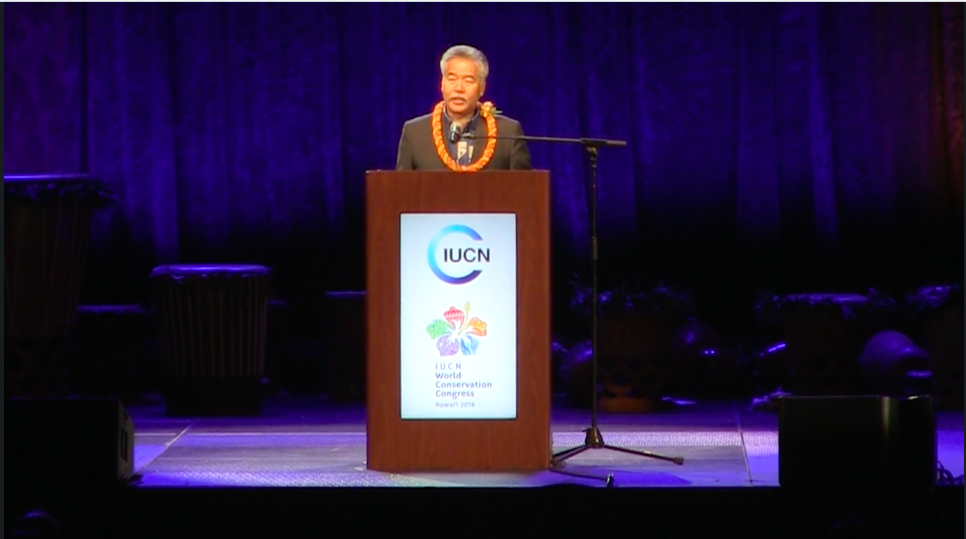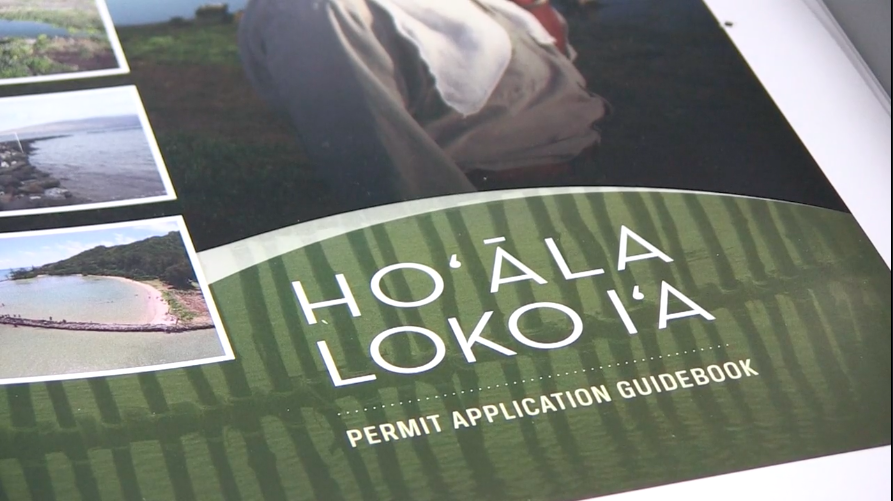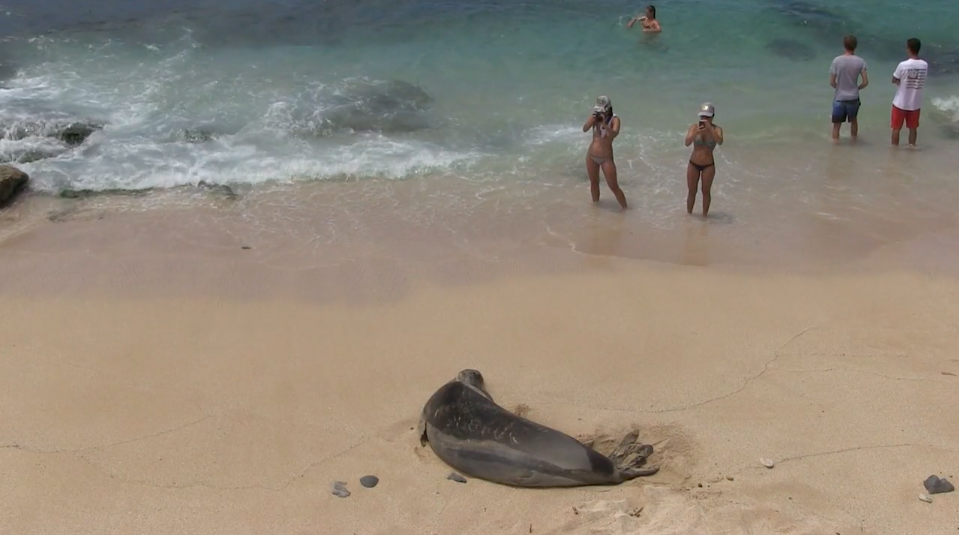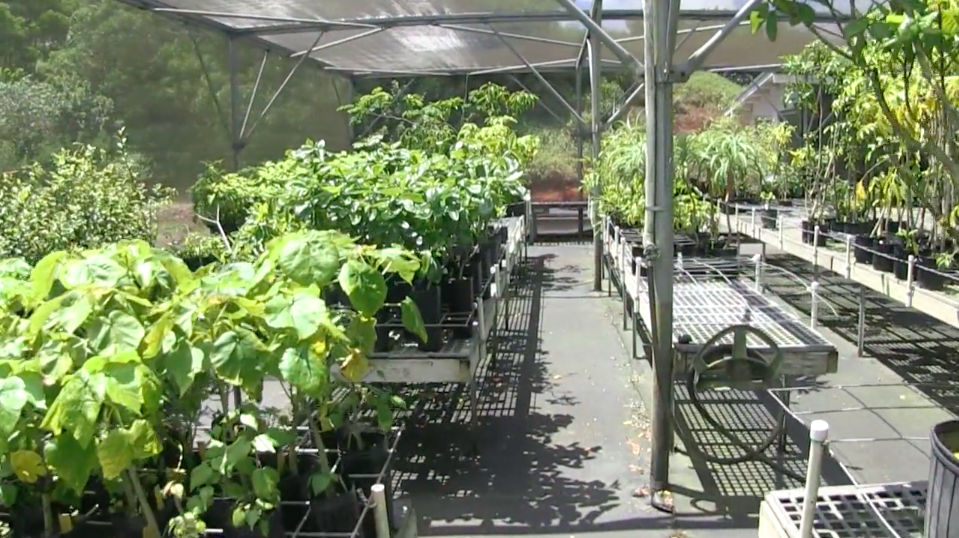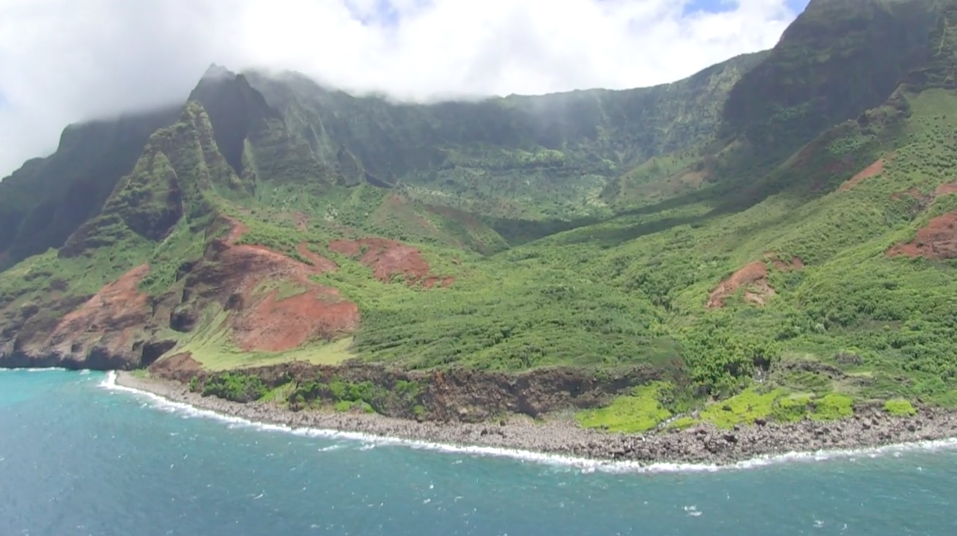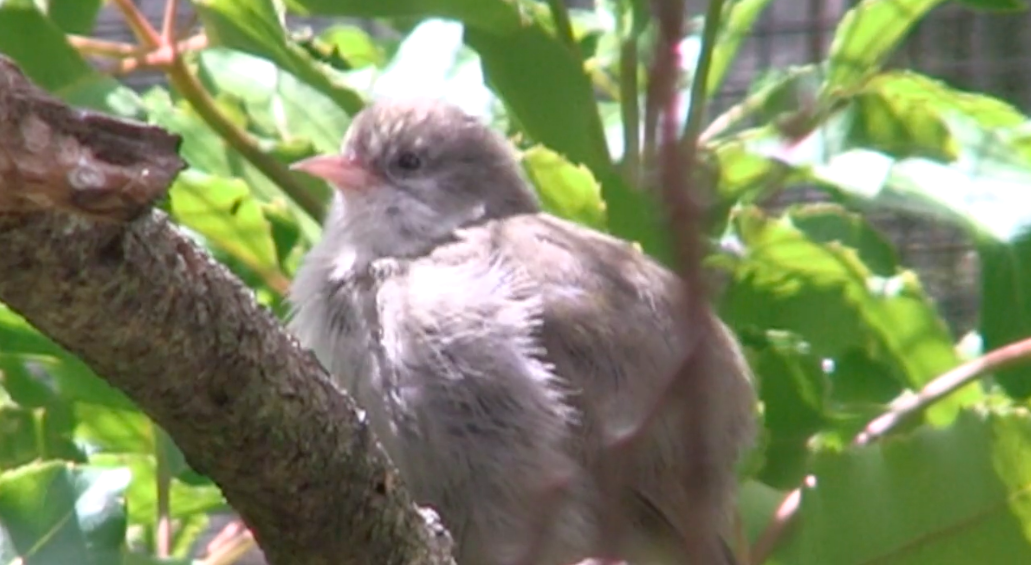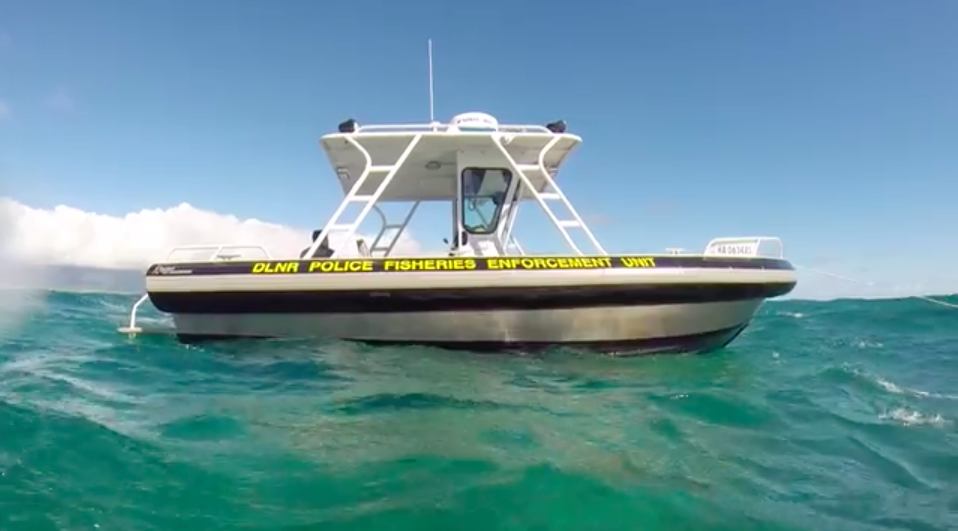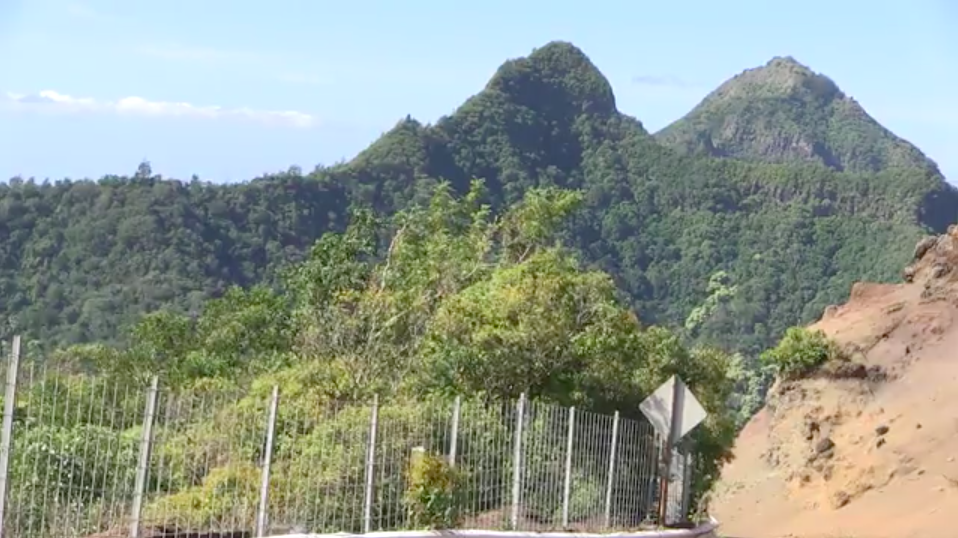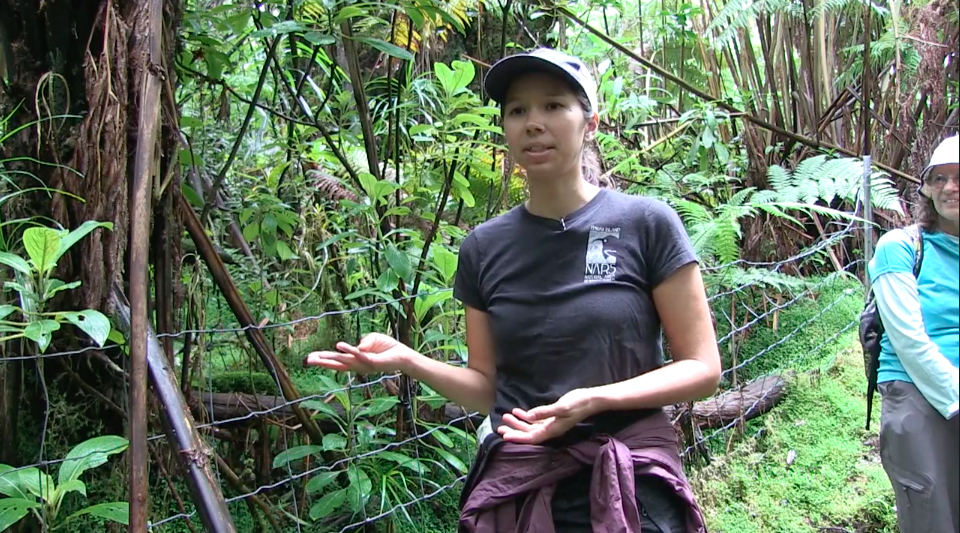DLNR & YOU – World Conservation Congress Opening Ceremony – Governor David Ige (click on image to watch video)
slider
(Honolulu) -- The Department of Land and Natural Resources and the IUCN’s Oceania Regional Office (ORO) are hosting the Hawaii-Pacific Pavilion during the IUCN World Conservation Congress 2016, which will take place at the Hawai‘i Convention Center from September 2-9.
(Honolulu) – Loko i‘a, or traditional Hawaiian fishponds, are unique aquaculture systems that existed throughout ancient Hawai‘i. Although a 1990 statewide survey identified 488 loko i‘a sites, many were in degraded condition, and either completely beyond repair or unrecognizable.
(Honolulu) - The popularity of self-guided or commercial tours that offer marine-life encounters with turtles, dolphins, whales, manta rays, and even sharks, brings large numbers of Hawai‘i visitors and residents into close proximity with wild creatures. Many people aren’t aware of how their behaviors could hurt them or wild animals, or impact the creatures habitats.
(Honolulu) – When Silene perlmanii, an extremely rare small shrub with delicate white flowers, was discovered on O‘ahu by botanist Steve Perlman in 1987, just 20 individuals remained in the wild. Within three years, only 6 plants remained, dwindling to a single individual by 1994. The decline of this species at the last known wild site has been attributed to aggressive weeds and introduced ungulates damaging the habitat.
(Honolulu) – Maintaining and caring for (to malama) a remote wilderness park is a daunting, expensive, and labor-intensive task. When the leadership of the Hawai’i Department of Land and Natural Resources (DLNR) elected this year to put renewed emphasis on the spectacular Napali Coast State Wilderness Park on Kaua’i, they knew that many years of unpermitted activity, an often-times unforgiving environment and unprepared or unwary visitors would continue to create a special set of challenges and opportunities.
(Lihue, Kauai) Hawaii’s forest birds are one of the best examples anywhere in the world, of what’s known as adaptive radiation. This means a few founding individual species evolved into a multitude of species. They’re also a key reason Hawaii holds the unenviable nickname of “extinction capitol of the world”, as many species have disappeared since the arrival of people to the islands. Most of the remaining are highly endangered and the subject of intense conservation efforts. Habitat loss and degradation, non-native predators, landscape-altering invasive weeds, and avian disease spread by mosquitoes have all contributed to the current predicament faced by these species.
(Kahului, Maui) – The three DLNR Division of Conservation and Resources (DOCARE) officers, assigned to the North Maui Community Fisheries Enforcement Unit (CFEU) are all Maui natives. They have a real and special connection to the 17-miles of state-controlled ocean water on Maui’s north shore. The CFEU, a partnership between the state with initial funding from Conservation International and the Harold C.K. Castle Foundation, was established to put sharp focus on a heavily used area; both by people recreating and by fishers. It’s those who fish that Officers Jeffrey Kinores, Nathan Hillen, and Joshua Rezentes focus their efforts on. In the three years since the establishment of this special unit, they’ve been able to shift their attention from enforcement to outreach and education. Also, while the first two years efforts were focused on illegal netting, the favorable weather conditions this past year saw officers shift to monitoring diving activity. In CFEU’s first year of operations (2013-2014), officers issued 41 total citations; 22 were for net violations. For the period beginning in 2015 and continuing until today, they issued 31 citations, including seven for netting violations and 14 for diving violations. That includes illegal take of lobster and undersized fish or exceeding bag limits.
HONOLULU -- As global climate change progresses, what will happen to Hawai‘i’s aquifers and the ecosystem services which healthy forest watersheds provide? Will we be able to meet our future fresh water needs for drinking and agriculture?
(Molokai) – Scattered across an expansive coastline of valleys, sea cliffs, boulders, and beaches, is a problem that affects everyone. “It doesn’t matter the name you give it, marine debris, ocean litter, coastal trash, or where it came from,” says James Espaniola of the Department of Land and Natural Resources. “The best thing to do is to get busy and do something about it.” That is exactly what The Nature Conservancy Molokai (TNC-Molokai), Kalaupapa National Historical Park (KNHP) and the DLNR Division of Forestry and Wildlife’s (DOFAW) Natural Area Reserves System decided to do.

